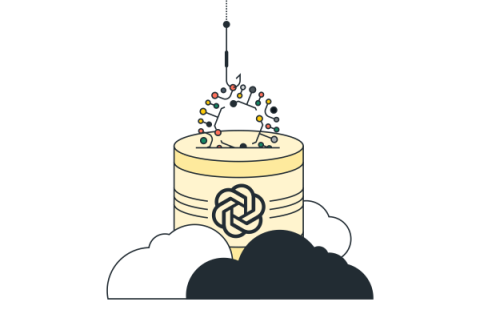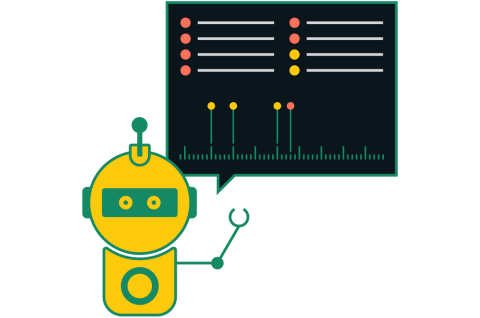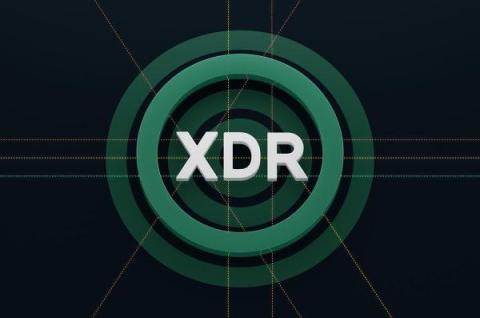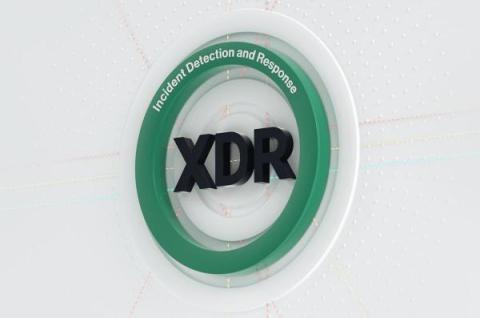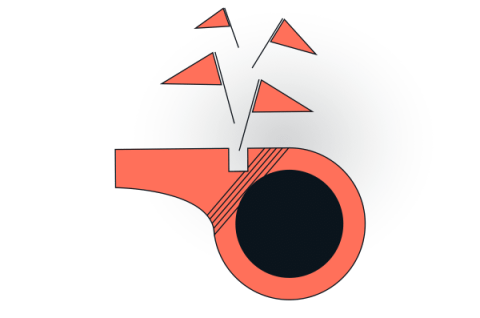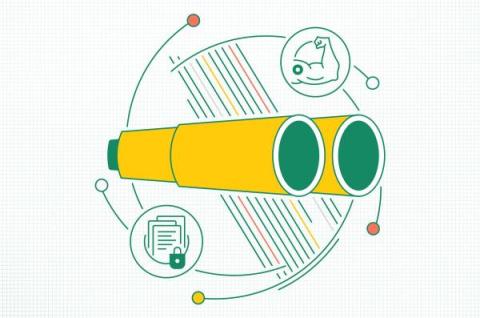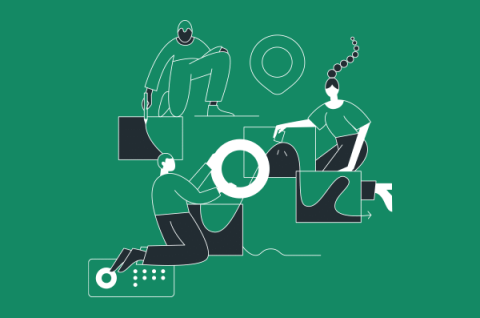Security | Threat Detection | Cyberattacks | DevSecOps | Compliance
January 2024
How to steal intellectual property from GPTs
Atlassian Confluence Server and Data Center Remote Code Execution (CVE-2023-22527) - Cato's Analysis and Mitigation
Cato Taps Generative AI to Improve Threat Communication
Cato XDR: A SASE-based Approach to Threat Detection and Response
Cato Networks Unveils Groundbreaking SASE-based XDR & EPP: Insights from Partners
Whistleblowers of a Fake SASE are IT's Best Friends
History taught us that whistleblowers can expose the darkest secrets and wrongdoing of global enterprises, governments and public services; even prime ministers and presidents. Whistleblowers usually have a deep sense of justice and responsibility that drives them to favor the good of the many over their own. Often, their contribution is really appreciated only in hindsight.
3 Things CISOs Can Immediately Do with Cato
Wherever you are in your SASE or SSE journey, it can be helpful knowing what other CISOs are doing once they’ve implemented these platforms. Getting started with enhanced security is a lot easier than you might think. With Cato’s security services being delivered from a scalable cloud-native architecture at multiple global points of presence, the value is immediate. In this blog post, we bring the top three things you, as a CISO, can do with Cato.
Machine Learning in Action - An In-Depth Look at Identifying Operating Systems Through a TCP/IP Based Model
In the previous post, we’ve discussed how passive OS identification can be done based on different network protocols. We’ve also used the OSI model to categorize the different indicators and prioritize them based on reliability and granularity. In this post, we will focus on the network and transport layers and introduce a machine learning OS identification model based on TCP/IP header values.
The Path to SASE: A Project Planning Guide
Enterprises often find themselves tethered to complex and inflexible network architectures that impede their journey towards business agility and operational efficiency. Secure Access Service Edge, or SASE, a term coined by Gartner in 2019, defines a newer framework that converges enterprise networking and security point solutions into a single, secure, cloud-native, and globally distributed solution that secures all edges.



